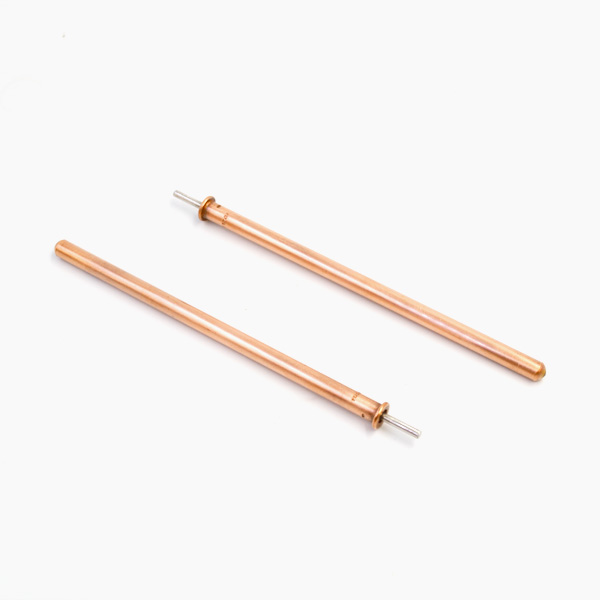The output characteristics of photovoltaic cells are studied and the maximum power is tracked. The voltage and current from the maximum power point are charged to the battery. The DC-DC power converter is designed to isolate the photovoltaic array from the battery. The controller charges and protects the battery. The matlab simulation shows the charging effect.
The experiment shows that the controller can make full use of the solar energy, improve the charging speed of the battery and prolong the life of the battery. In photovoltaic power generation system, storage battery is an important part of it. The charging performance of storage battery directly affects the development of photovoltaic power generation. Because of the great impact of environmental changes, the output voltage and current of photovoltaic cells are unstable, and the quality and performance of the power is poor, so it is difficult to directly use the power to the load. Therefore, it is necessary for the controller to control and transform the power properly before it can be used to the load. For maximum power point tracking of photovoltaic power generation system, the tracked voltage and current are charged by DC-DC power converter to make full use of solar energy and battery. The I-U and P-U curves of photovoltaic arrays are non-linear because of the influence of ambient temperature and illumination intensity on the output voltage and current of photovoltaic arrays. The characteristic curves of I-U and P-U are obtained by experimental simulation. It is known from the curves that when the output voltage increases at a certain temperature and illumination intensity, the current keeps basically unchanged in a certain range and then decreases sharply. There is a maximum power point Pm on the output power curve of photovoltaic cells, and the corresponding maximum voltage and current are Um and I. M, maximum output power Pm = Um*Im [2]. The P-U curve of photovoltaic cells is shown in Figure 1. Due to the influence of temperature, light and other environmental factors, the output power of photovoltaic array is unstable and its quality is not good. The voltage and current supplied to the battery are also unstable [3]. By comparing different types of batteries, this paper chooses lead-acid batteries, which have larger storage capacity, reliable charging and discharging performance, and lower price. The battery is charged in three stages. The output voltage and current of photovoltaic array are UP and IP, which are fed into the controller. By comparing various MPPT control algorithms, the variable step conductance increment method is used to find the maximum power point.
The controller sends out PWM signal to control the MOSFET of BUCK circuit, and then charges the battery with the maximum power.

By detecting the terminal voltage and current of the battery and feeding back the detection signal to the controller, the purpose of battery charging management is achieved and the battery is protected. In the first stage of MPPT charging, the battery voltage increases gradually, but only 80% to 90% of the rated capacity of the battery can be charged. In order to make its capacity reach 100%, constant voltage charging is used. When the battery voltage reaches 14.35V, thermostatic element it is charged at constant voltage. Floating charging is to compensate for the natural discharge loss of lead-acid batteries, and the charging current will be stabilized at about 0.2A in this stage.

In the first stage, the battery is charged with the maximum power. The simulation experiment starts from 80% of the battery power, and the battery voltage is 12.8V. When the charging voltage reaches 14.35V, the first stage ends; the second stage starts with constant voltage charging, and the charging voltage is constant at 14.35V; the third stage is floating charging with 13.8V charging voltage.
The battery charging simulation is obtained by MATLAB software simulation as shown in Figure 2. It can be seen from the simulation waveform that the charging voltage of the battery is close to the optimal charging characteristic curve voltage under the ideal condition in the design.
This is conducive to improving the charging efficiency and utilization of batteries. Experiments show that the controller can make full use of solar energy, increase the charging speed of the battery and prolong the life of the battery.
